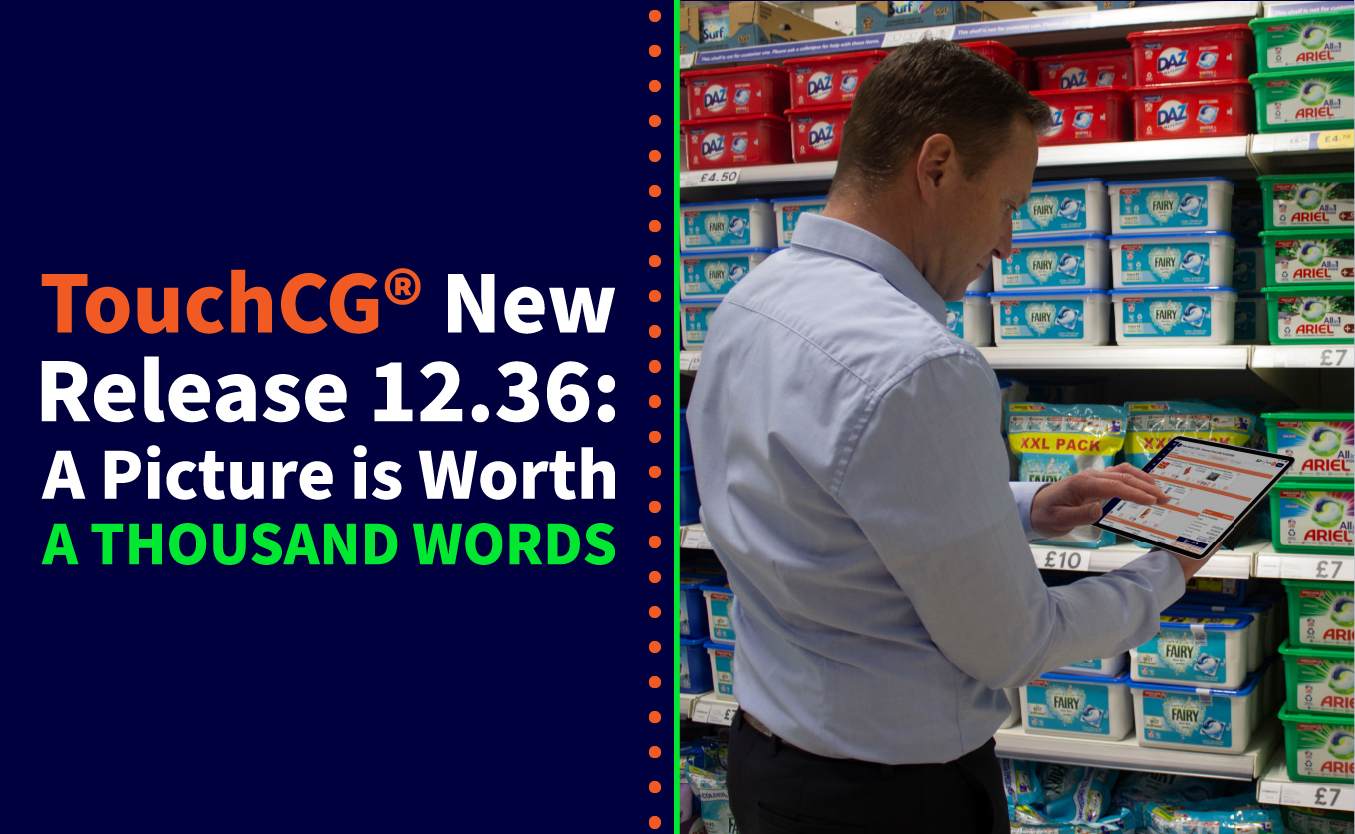FIXING ON-SHELF AVAILABILITY (OSA) ISSUES
On-shelf Availability is simply a shopper’s eye view of that problem – is the product on the supermarket shelf and available to buy? When this measurement is applied to the 30,000 to 50,000 products in a typical grocery store the result is typically shown as a percentage. So, if OSA is 92%, that means that, on average, 8% of the total products ranged by the retailer are not available to buy at any given moment. Improving OSA has rightly been an obsession for Retailers and Brand Owners alike are looking to improve their CRM software solutions. The shopper always expects to find the product in store and when there are gaps on shelf the consequences are poor for Suppliers and Retailers. Most shoppers will choose an alternative product and eventually even change retail stores when faced with persistent issues of OSA.
Despite the enormous focus on improving OSA, the situation isn’t improving. Top Retailers and Suppliers have been working transparently and collaboratively to diagnose and fix the issues, but progress has been disappointingly slow. This is surprising given the numerous projects designed to work together in joint forecasting and especially the advances in technology in retail execution to support these processes.
So how can we explain this? It is generally recognized that inaccurate forecasting lies at the heart of many OSA related problems. It is a fact that the sheer complexity of retail is problematic when attempting to improve forecast accuracy.
Poor replenishment processes can also have a major impact. Stock may be sent in good time from regional distribution centres to the local stores, but the stock may be slow to move from the store’s warehouse to the shelf. The stock is nearly in the right place, but problems with the famous ‘final 10 metres’ means that the retailer failed to get the product on the shelf and available for the shopper to pick up.
Poor OSA is not a new problem, but nor is it going away. Brand Owners can work collaboratively with Retailers to reduce complexity and improve forecast accuracy in an attempt to reduce the number of issues at source.
Once the symptoms are apparent at store level, Brand Owners can gain actionable insights by analyzing the Retailers’ data, searching for patterns that indicate a problem or an impending problem.
Key Account teams can work with the Retailers’ supply chain staff to fix endemic issues, while local fixes can be provided by field-based sales people and merchandisers.
Out of Stock (OOS) is running at 8%, so the prize is significant, even for making a marginal improvement.
StayinFront Retail Data Insight (RDI) can provide its StayinFront RDI Sales View® dashboard to help Key Account and Supply Chain teams with these issues. OSA Alerts can be sent directly to the field teams using StayinFront RDI’s Field View app or as an integrated function with StayinFront’s TouchCG retail execution software.
Contact your local StayinFront representative to find out how POS data can help with fixing OSA issues.







